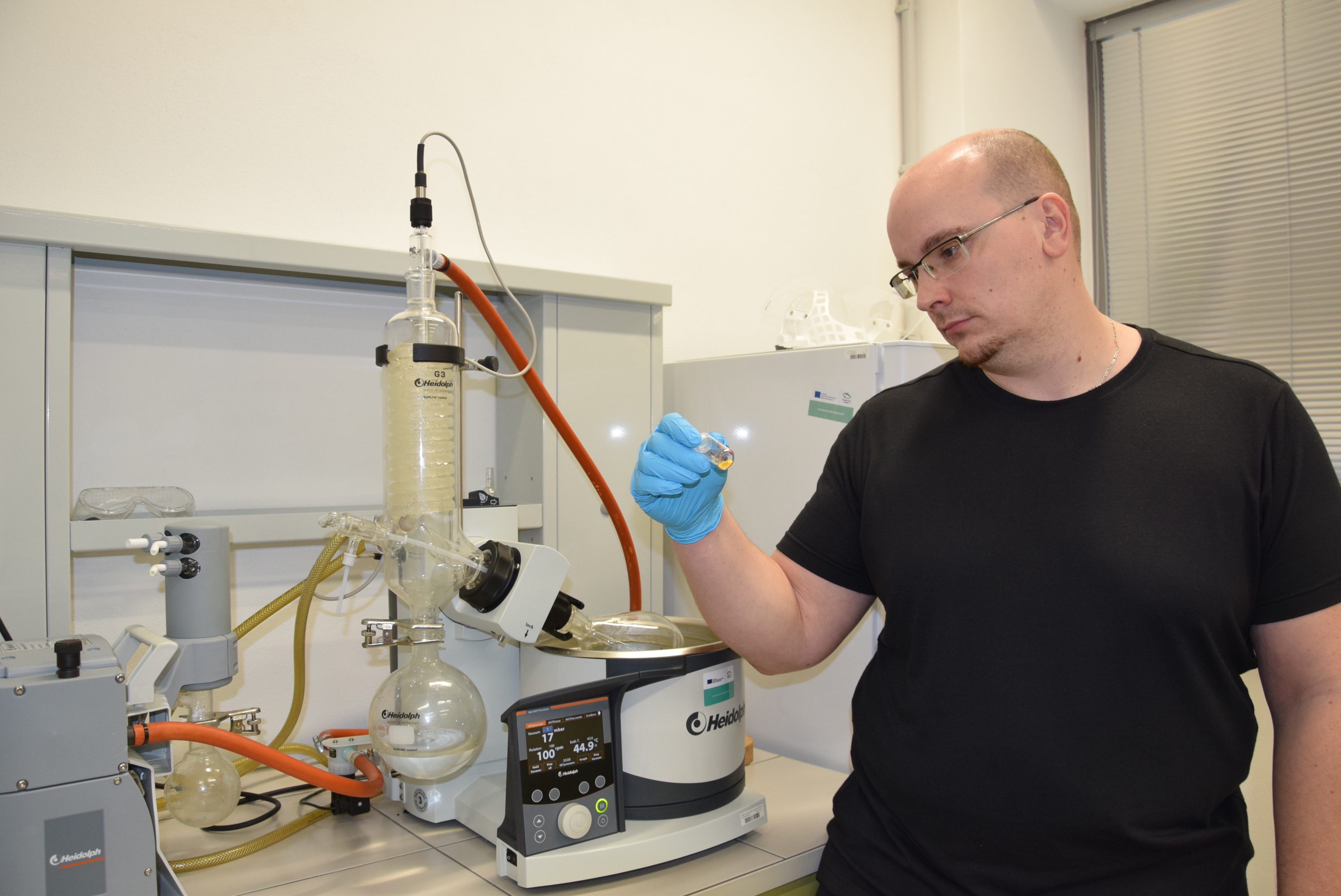New compounds for C-H bond activation were developed in collaboration with CPS
N-heterocyclic carbenes, compounds featuring carbon atom in oxidation state +II bearing a lone pair of electrons, have numerous applications in both organic and inorganic chemistry. Replacement of carbon atom by its heavier analog from Group 14 (Ge, Sn, Pb) allows to obtain compounds with unique properties, which are, for instance, capable of activation of CO2 or methane at mild conditions.
These compounds are however highly unstable, particularly in case of lead complexes, so-called plumbylenes. The result of three years of collaboration between prof. Siemeling from university of Kassel and Dr. Vícha from CPS is preparation and characterization of the first N-heterocyclic plumbylene, stabilized by incorporation of ferrocene moiety, a sandwich-type complex of iron. Resulting ferrocene-plumbylene complex demonstrate both electrophilic and nucleophilic behavior and is capable of activation of strong aromatic C-H bond for substitution. For instance, ferrocene-plumbylene complex can spontaneously form a dimer, which has one of the ferrocene hydrogens substituted by lead atom. This could be used for preparation of previously unreachable derivatives of ferrocene with a potential to further broaden already impressive scope of its applications, ranging from anticancer drugs and antimalarics to the materials with surface properties adjustable by electric fields. Results of the study were published in prestigious journal Angewandte Chemie (https://doi.org/10.1002/ange.201811559).


